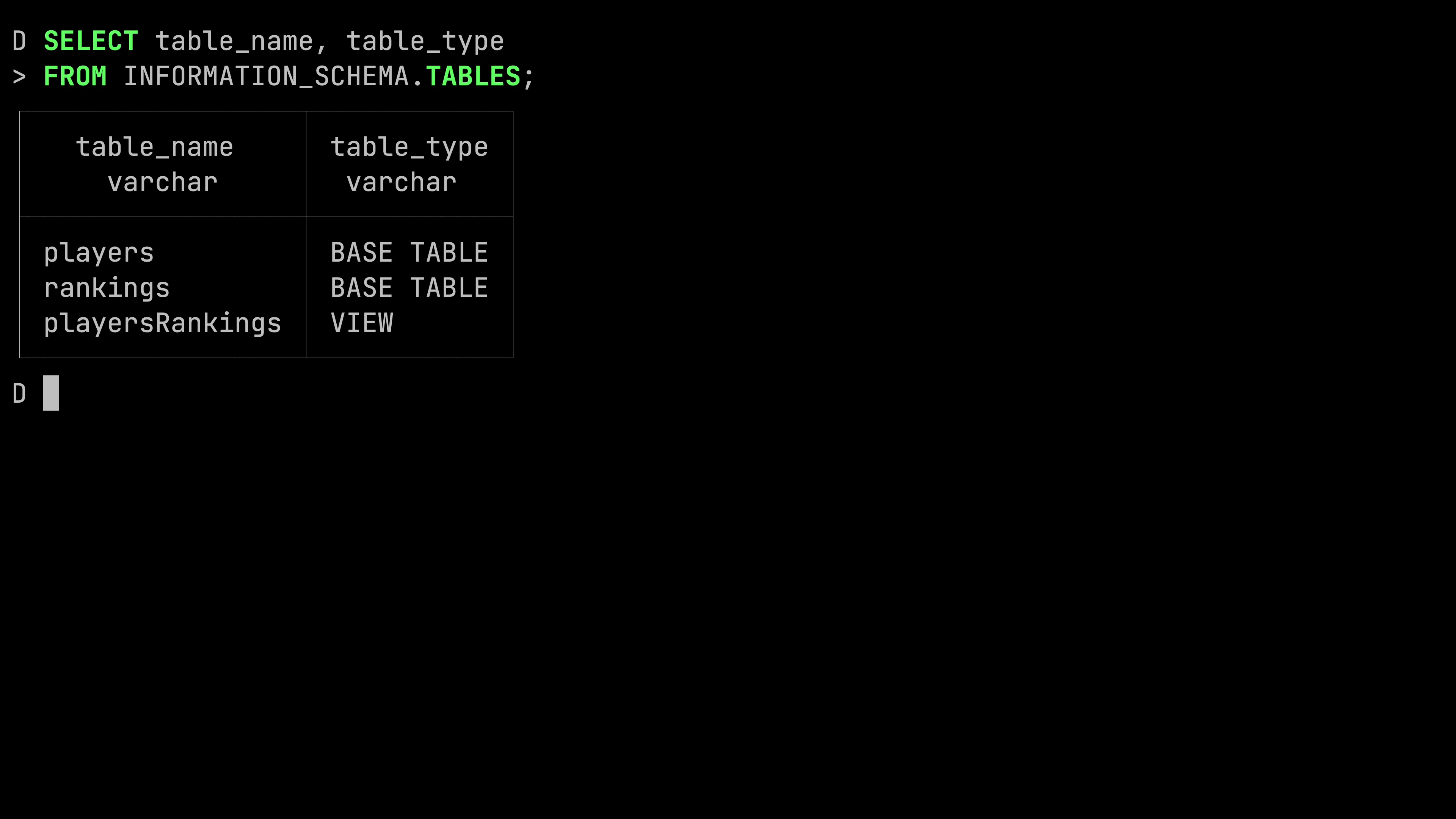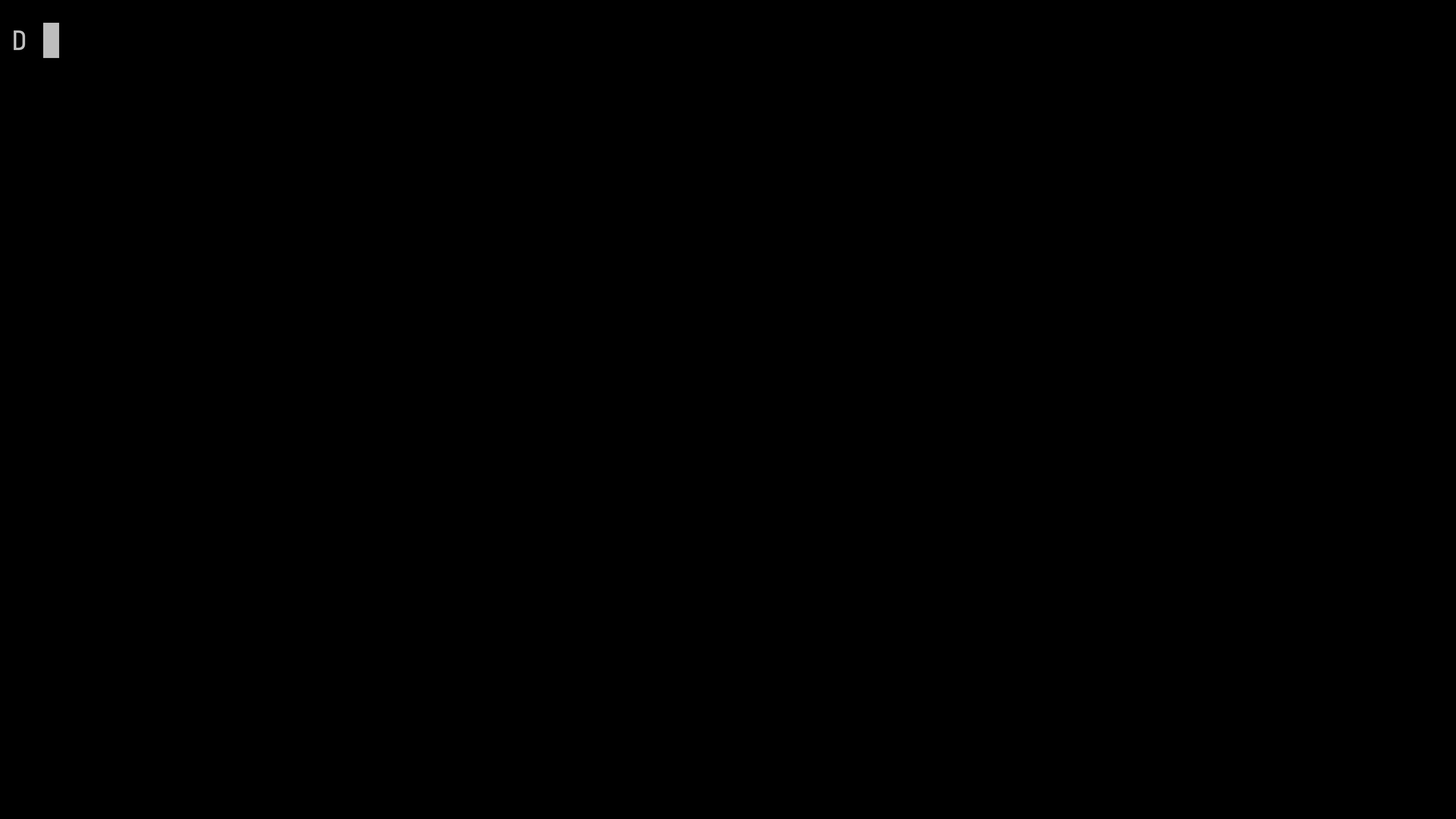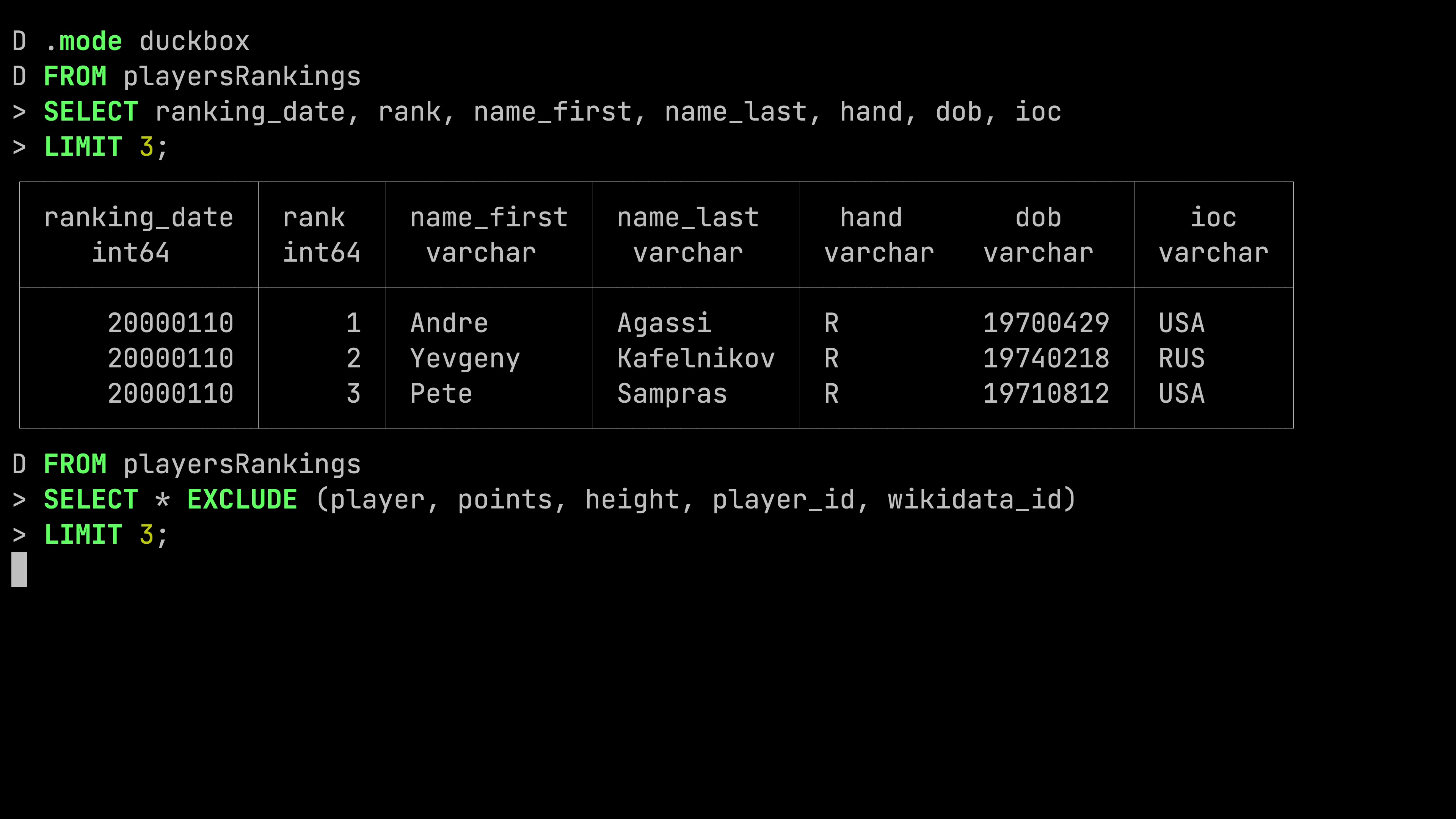Detecting and splitting scenes in a video
When editing videos for my YouTube channel, Learn Data with Mark, I spend a bunch of time each week chopping up a screencast into scenes that I then line up with a separately recorded voice-over. I was curious whether I could automate the chopping-up process and that’s what we’re going to explore in this blog post.
I started out by asking ChatGPT the following question:
I want to chop up a demo for a YouTube video into smaller segments.
Ideally, I want to do the cuts when the screen is cleared.
Is there a Python library that will let me iterate over a video file and detect changes between frames?ChatGPT pointed me to a library called PySceneDetect and that’s where our adventure begins. If you want to try this out yourself, I’ve created the following Poetry file containing all the dependencies that I used:
[tool.poetry]
name = "scene-detection"
version = "0.1.0"
description = ""
authors = ["Mark Needham <m.h.needham@gmail.com>"]
readme = "README.md"
packages = [{include = "scene_detection"}]
[tool.poetry.dependencies]
python = "^3.11"
opencv-python-headless = "^4.7.0.72"
scikit-image = "^0.21.0"
scenedetect = "^0.6.1"
pandas = "^2.0.3"
matplotlib = "^3.7.1"
plotly = "^5.15.0"
kaleido = "0.2.1"
[build-system]
requires = ["poetry-core"]
build-backend = "poetry.core.masonry.api"If you create that file in a directory locally, you can install everything by running this command:
poetry installYou should now have a command line tool called scenedetect.
After trying a few command that didn’t seem to do anything, I came across an example that computes the difference between adjacent frames (detect-content):
scenedetect --input BetterSQL-Demo.mp4 \
-s better-sql.stats-detectcontent.csv \
detect-content \
list-scenesIt writes those differences to better-sql.stats-detectcontent.csv and then I use the list-scenes command to output the detected scenes.
The output is shown below:
[PySceneDetect] Scene List:
-----------------------------------------------------------------------
| Scene # | Start Frame | Start Time | End Frame | End Time |
-----------------------------------------------------------------------
| 1 | 1 | 00:00:00.000 | 7101 | 00:01:58.350 |
-----------------------------------------------------------------------It’s only detected one scene, which isn’t quite right. There are quite a few transitions in the video where I got from one code example to a blank screen and I want each of those to be a new scene. Let’s have a look at the first few lines of the CSV file:
head -n5 better-sql.stats-detectcontent.csv| Frame Number | Timecode | content_val | delta_edges | delta_hue | delta_lum | delta_sat |
|---|---|---|---|---|---|---|
2 |
00:00:00.017 |
4.5211226851851856e-05 |
0.0 |
0.0 |
0.00013563368055555556 |
0.0 |
3 |
00:00:00.033 |
0.0 |
0.0 |
0.0 |
0.0 |
0.0 |
4 |
00:00:00.050 |
0.0 |
0.0 |
0.0 |
0.0 |
0.0 |
5 |
00:00:00.067 |
0.0 |
0.0 |
0.0 |
0.0 |
0.0 |
I don’t know what most of these values mean, but the documentation suggested that we create a chart plotting the Frame Number against the content_val.
We can do that using plot.ly:
import pandas as pd
import plotly.graph_objects as go
import plotly.io as pio
data = pd.read_csv('better-sql.stats-detectcontent.csv')
fig = go.Figure(data=go.Scatter(x=data['Timecode'], y=data['content_val'], mode='lines'))
fig.update_layout(
title='Line Chart of Content Value',
xaxis_title='Frame Number',
yaxis_title='Content Value',
autosize=True
)
pio.write_image(fig, 'figure.svg', width=1000, height=600)The resulting image is shown below:
We can see that most of the time there are minimal changes between pairs of frames, but on around 15 occasions there is a change bigger than 1.
Let’s try running scenedetect again, but this time with the threshold set to 1:
scenedetect --input BetterSQL-Demo.mp4 \
-s better-sql.stats-detectcontent.csv \
detect-content -t 1 \
list-scenesRunning it with this threshold tells scenedetect to create a new scene whenever the threshold is exceeded.
The output of running the command is shown below:
[PySceneDetect] Scene List:
-----------------------------------------------------------------------
| Scene # | Start Frame | Start Time | End Frame | End Time |
-----------------------------------------------------------------------
| 1 | 1 | 00:00:00.000 | 509 | 00:00:08.483 |
| 2 | 510 | 00:00:08.483 | 967 | 00:00:16.117 |
| 3 | 968 | 00:00:16.117 | 1394 | 00:00:23.233 |
| 4 | 1395 | 00:00:23.233 | 1763 | 00:00:29.383 |
| 5 | 1764 | 00:00:29.383 | 2319 | 00:00:38.650 |
| 6 | 2320 | 00:00:38.650 | 2808 | 00:00:46.800 |
| 7 | 2809 | 00:00:46.800 | 2887 | 00:00:48.117 |
| 8 | 2888 | 00:00:48.117 | 4057 | 00:01:07.617 |
| 9 | 4058 | 00:01:07.617 | 5308 | 00:01:28.467 |
| 10 | 5309 | 00:01:28.467 | 5368 | 00:01:29.467 |
| 11 | 5369 | 00:01:29.467 | 5449 | 00:01:30.817 |
| 12 | 5450 | 00:01:30.817 | 6819 | 00:01:53.650 |
| 13 | 6820 | 00:01:53.650 | 6879 | 00:01:54.650 |
| 14 | 6880 | 00:01:54.650 | 7101 | 00:01:58.350 |
-----------------------------------------------------------------------It detected 14 different scenes, which sounds promising.
Let’s now run it one more time, but this time with the split-video command appended so that it will split the video up into segments:
scenedetect --input BetterSQL-Demo.mp4 \
-s better-sql.stats-detectcontent.csv \
detect-content -t 1 \
list-scenes split-videoLet’s check the resulting file listing:
du -h BetterSQL-Demo-Scene*.mp4284K BetterSQL-Demo-Scene-001.mp4
324K BetterSQL-Demo-Scene-002.mp4
224K BetterSQL-Demo-Scene-003.mp4
216K BetterSQL-Demo-Scene-004.mp4
276K BetterSQL-Demo-Scene-005.mp4
388K BetterSQL-Demo-Scene-006.mp4
144K BetterSQL-Demo-Scene-007.mp4
576K BetterSQL-Demo-Scene-008.mp4
2.0M BetterSQL-Demo-Scene-009.mp4
176K BetterSQL-Demo-Scene-010.mp4
276K BetterSQL-Demo-Scene-011.mp4
816K BetterSQL-Demo-Scene-012.mp4
116K BetterSQL-Demo-Scene-013.mp4
196K BetterSQL-Demo-Scene-014.mp4We can have a look at some of the frames in the extracted scenes by calling the save-images command like this:
scenedetect --input BetterSQL-Demo.mp4 \
-s better-sql.stats-detectcontent.csv \
detect-content -t 1 \
list-scenes save-imagesLet’s have a look at a couple of examples:


That looks good, that’s exactly the cut that I would have made. And it does seem to pick up all the switches to a completely blank screen as new scenes. An interesting cut that it found that is quite clever is the following one:


Pretty cool, I’d say it’s done a great job. I’m gonna give this a go on my next video to see if it saves me time, but here’s hoping!
About the author
I'm currently working on short form content at ClickHouse. I publish short 5 minute videos showing how to solve data problems on YouTube @LearnDataWithMark. I previously worked on graph analytics at Neo4j, where I also co-authored the O'Reilly Graph Algorithms Book with Amy Hodler.
